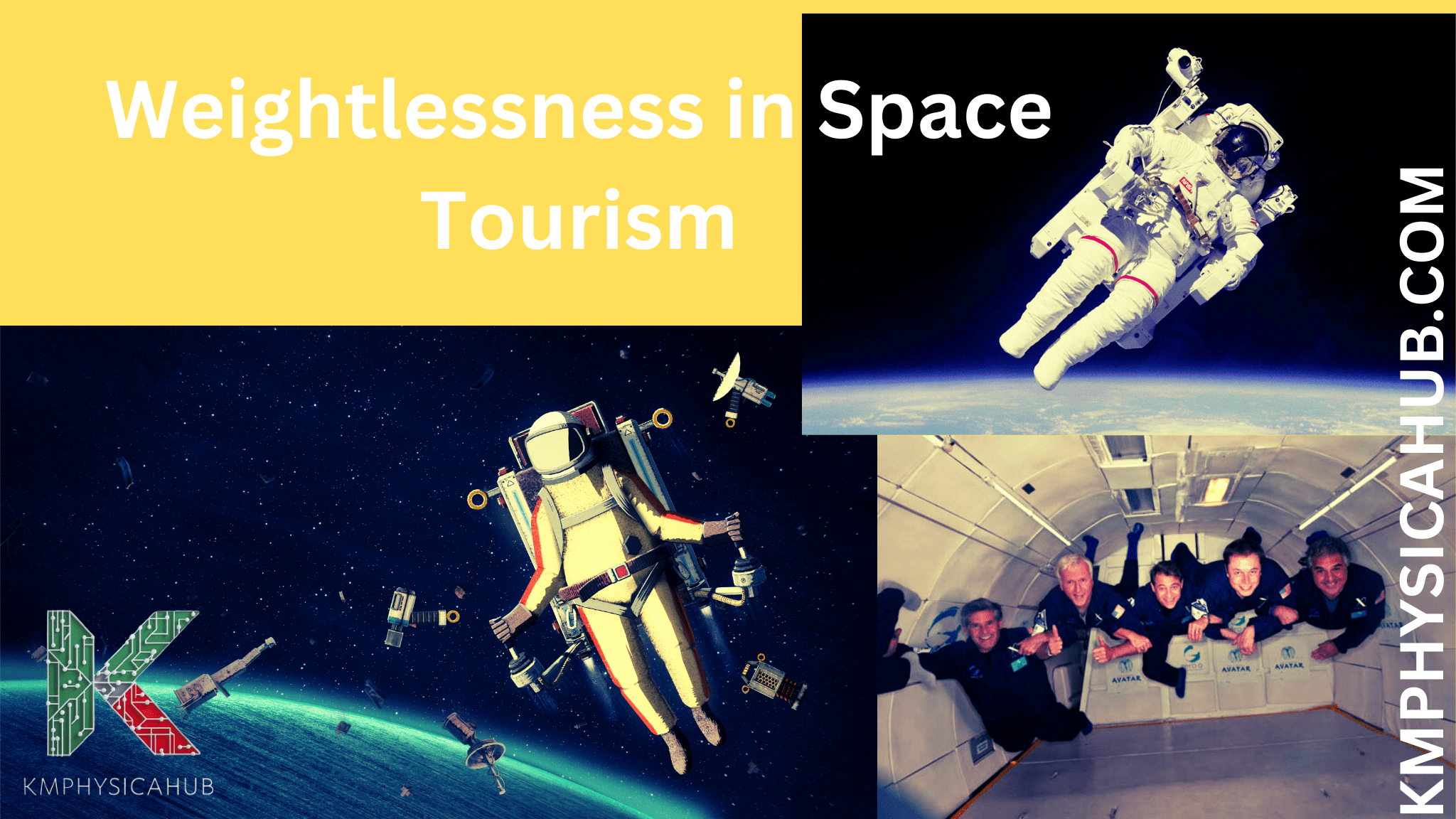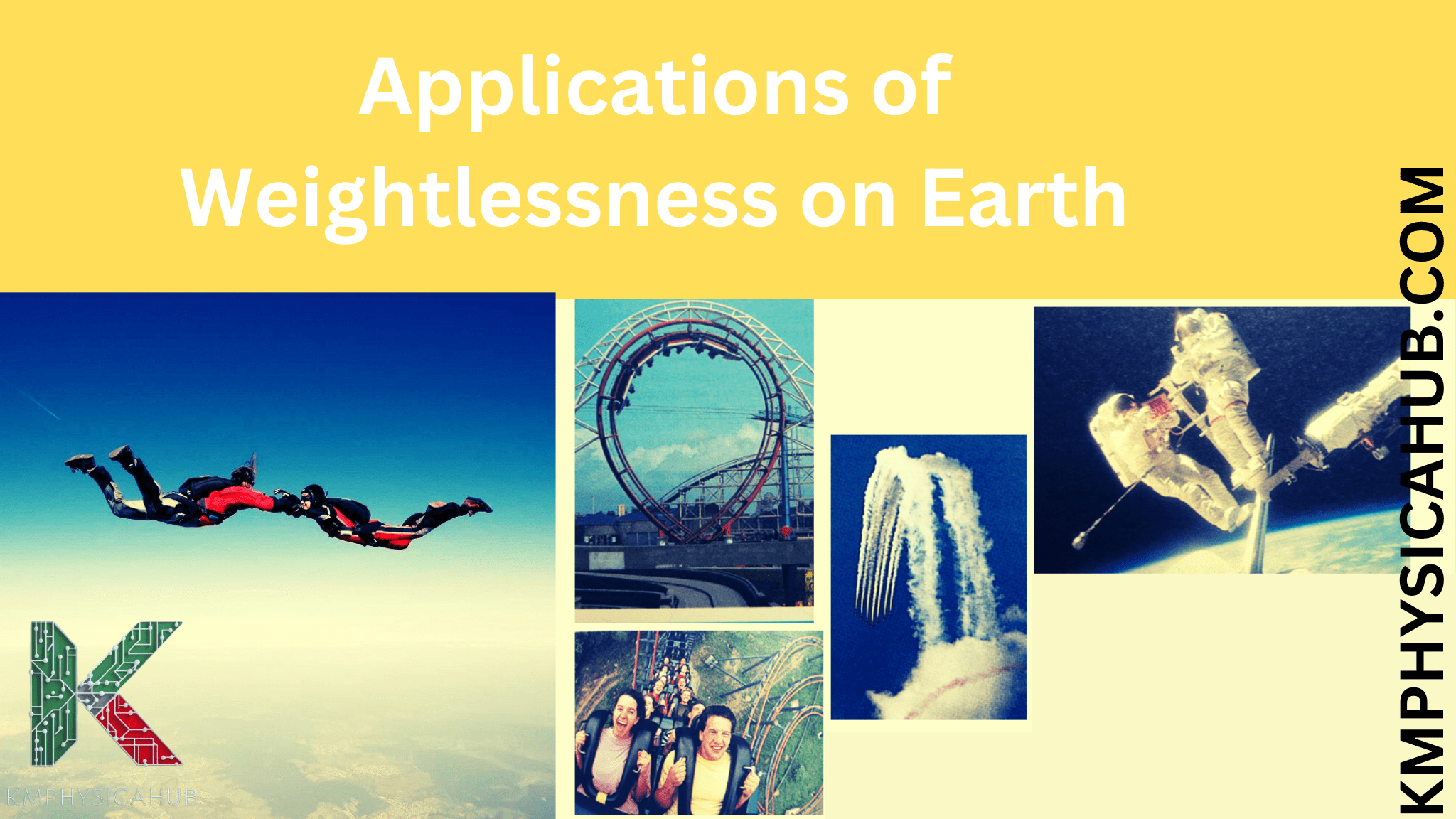Applications of Weightlessness: From Space Exploration to Medical Research
Weightlessness
Gravity is the architect behind everything that goes on within our physical world. It is the force that attract us to the ground and provided our weight. It is the force that keeps planets in their orbits with regard to the sun and also the force that holds galaxies together. So, it is a force that acts on each of us throughout our day, starting from waking up and feeling the ground beneath our feet to when playing in a park swings.
However, when it comes to weightlessness it becomes a whole different story all together. This is not the absence of gravity, but microgravity, a state in which an object is falling at the same speed as the surrounding, a constant free fall. This gives the feeling that there is nothing pulling an object towards the ground, thus achieving weightlessness.
We experience weightlessness in various ways:
In space: It will be important to note that astronauts in the International Space Station or in artificial satellites are always in freefall, moving around Earth with a constant velocity.
During freefall: Prominent examples can be observed in skydivers and people who are in the “vomit comet” ride in amusement park; these individuals undergo microgravity during the initial phases of free-falling.
In a simulated environment: There are some laboratories or research centers available on the Earth that have capabilities for producing weightlessness through two ways, Parabolic flight or through the use of a vacuum chamber.
The Science Behind Weightlessness
Freefall and Weightlessness:
It is crucial to define what we mean by freefall in order to comprehend weightlessness. Imagine dropping a ball. It speeds up as it moves towards the Earth because of gravitational forces. Now, try to picture that you are falling towards the ground along with that ball. You’re both moving forward at the same rate, being attracted by the force of gravity with the same force. Since you are falling at this rate, there is no feeling of weight pressing on you or the force of gravity pulling you down. This is what free fall is all about and the very origin of weightlessness.
One must not forget that weightlessness simply means that weight is used to counteract the force of gravity; the force of gravity is always present and ever powerful. For example, a subject in free-fall is falling at the same rate as the surrounding environment and thus free-fall is a state in which there is no sensation of weight.
Role of Inertia:
Inertia that characteristics of an object to resist any change in its motion also provide a reason. It indicates that there is no weight so there is nothing to oppose your actions, nothing to push against, no resistance to motion. A slight gesture can propel you, or your body goes from side to side and up and down and forward without being held down by gravity.
Applications of Weightlessness:
-
Scientific Research:
Weightlessness is one of the most effective aids for space exploration and has become an efficient tool of scientific research into phenomena which are extremely difficult to examine on our planet.
Materials Science:
In a microgravity, objects and matter may not have the same property as they have when on earth. Due to the efficient control in weightlessness environments, it becomes easier to manage the growth of crystals to obtain the enhanced quality of materials. In the field of materials processing, there are some areas where microgravity research could point to new discoveries include the synthesis of new alloys, ceramics or composites.
Biology and Medicine:
Microgravity is an excellent environment for the understanding of ways that gravitation influences organization and function of living organisms. It implies that scientists can study how cells and tissues increase and replicate in microgravity, how tissues form, and how medications enter and circulate in the body. Such studies could provide a scientific breakthrough in tissue engineering, drug development, or the study of diseases.

Fundamental Physics:
Weightlessness is beneficial because it allows one to validate key concepts of physics. For instance, the behavior of fluids in microgravity may be examined and such research can help reveal more about gravity and physics.
-
Manufacturing and Engineering:
By creating weightless structures which can be applied in manufacturing and engineering industries, weightlessness has the potential to produce materials as well as products with better properties and performance.
Crystal Growth:
When there is no gravity, the purity and perfection of crystals are basically unlimited due to their growth in a gravity-free environment. These crystals have applications in electronics, optics, and other industries in which their properties are fundamental. As an example, manufacturing of high quality silicon crystals is a must for the creation of microchips and other semiconductor devices.
Metal Alloys:
In microgravity, the process of solidification of metal alloys can be controlled with greater precision, thus, the alloys production might be successful and the new ones might have better qualities. These alloys might be used in aerospace technology, automotive bodies, and other industries where strength, durability, and corrosion resistance are the main concerns.
3D Printing:
Weightlessness presents new opportunities in 3D printing where structures and materials that cannot be made on Earth are possible here. This could mean the creation of new types of vehicles and other structures that could be used at space stations and in space exploration.
-
Healthcare and Medical Applications:
The sciences of weightlessness can bring positive changes to the healthcare system and medical practice as a whole with new opportunities for treatment, diagnosis, and rehabilitation.
Drug Delivery:
Weightlessness can be employed to create new drugs and delivery vectors that are superior in terms of effectiveness and accuracy. For example, scientists are investigating how solids precipitation under the condition of microgravity can be utilized to develop microcapsules for targeting drug delivery to certain cells or tissues.
Tissue Engineering:
Tissues can grow and arrange in cultures in microgravity as compared to normal gravity in a more firm and less haphazard style. This may pave way to emergence of new techniques of culturing organs and body tissues that could be transplanted to the sick, something that could eliminate the problem of scarcity of organ donors.
Rehabilitation:
Weightlessness can also be utilized in physical therapy and rehabilitation for patients who may have musculoskeletal injuries. In an environment without gravity, patients are able to move and exercise more easily, so they are capable to regain mobility and strength at a faster pace.
-
Space Exploration and Tourism:
Weightlessness is the key aspect of space exploration to create space stations, train astronauts, and improve space tourism services.
Space Station Operations:
Microgravity or weightlessness is necessary for the functioning of space stations. Lack of gravity allows the astronauts to move around the station, work at the experiments, and monitor the functioning of the station. The station is meant to maintain the microgravity environment for long term to enable astronauts to dwell in the space station for several years.
Astronaut Training:
The astronauts are always taken through some training in preparation for the ordeal of living in space with no gravity. Such training involves the use of a few technologies such as parabolic flights, underwater exercises, and others. Such training prepares the astronauts for the specific conditions that they are going to face in space and also for training their bodies to perform specific tasks in a microgravity environment.
Space Tourism:
Effective space tourism companies are emerging with suborbital and orbital services that make passenger experience microgravity possible as a viable commercial service. Space tourism is one aspect that will let people have a feel of space and such things as the floating sensation that comes with micro gravity.

-
Weightlessness on Earth:
Although nobody might have a chance to travel in space, everybody has a chance for a weightless flight on the Earth. Some techniques offer a brief view of such feeling as shown below.
Parabolic Flights:
This was named as the vomiting comet; there are some planes that need to be flown in parabolic path to induce moments when there is zero gravity. These flights, though short duration, offer a glimpse of what weightlessness is all about and for this reason the human body is tested for the effects of weightlessness.
Skydiving and Freefall:
Jumping off a plane and falling towards the earth attached to a parachute at terminal velocity is thrilling and has some features of micro gravity. Although not weightless in the traditional sense, freefall as a sensation allows one to grasp what it means to be without ground.

Amusement Park Rides and Simulations:
Some amusement park rides, like roller coasters and centrifuges, create brief periods of weightlessness or simulated weightlessness. These rides, while not true weightlessness, offer a fun and accessible way to experience the sensation.
Limitations and Differences:
While these methods provide a glimpse of weightlessness, they are not true weightlessness. Parabolic flights and skydiving involve brief periods of weightlessness, interrupted by periods of acceleration and deceleration. Amusement park rides are designed for entertainment and do not provide a true representation of the weightless environment.
Impact of Weightlessness on Human Body:
Weightlessness is a rather curious condition; however, it causes various difficulties for the human organism. It has been found that weightlessness affects human body and mind in various ways and if endured for an extended period of time, may lead to severe consequences.
Physiological Effects:
Some of the problems include the loss of bone mass density, muscle degradation, cardiovascular issues, and issues with spatial awareness are some of the problems that affect astronauts under long-duration space missions. The absence of gravity reduces bone and muscular densities, thereby causes a loss in mass as well as strength. The cardiovascular system also responds to the free-float condition, experiencing shifts in pressures and rhythms of the heart.
Psychological Effects:
These effects include increase in anxiety, stress and depression that are as a result of weightlessness. One of the psychological effects of free-fall, feeling of floating, disorientation and loneliness expressed in space can sometime affect a person mentally.

Countermeasures and Solutions:
Scientists are working purposively to come up with measures that will eliminate these impacts and to create artificial gravity in space crafts. Apart from very specific exercise programs, vitamin and mineral intake, and drugs are currently under research to prevent bone loss, muscle atrophy and cardiovascular deterioration. Counseling and training are also in the pipeline to support psychological problems that could be resulted from space missions.
Conclusion:
Weightlessness is not just a feeling but a brief look at the very core of the force that governs our existence- gravity. It has taught us that gravity is more than a force that keeps us grounded, however heavy we are, but also a force that can be controlled and even beaten.
Researching weightlessness is synonymous to a deeper and more profound understanding of the universe and its laws. We have got information on how to adjust to the hazards of spaceflight, and we have made technologies that will help us in exploring the cosmos for longer durations and further into the unknown. Weightlessness’s future is promising, with its potential for scientific breakthroughs, the emergence of technological advances, as well as diversifying and expanding our knowledge of the universe.
People Also Ask
Q: What exactly is weightlessness?
A: Weightlessness is the state in which a person feel no weight. It is not when there is no gravity at all; it is given by the fact that one experience the state of having fallen freely, when the force of gravity is rebalanced by the object’s inertia.
Q: Is Weightlessness the Same as Being in Orbit?
A: Yes, weightlessness happens in orbit when an object is thrown into space. In orbit, the Earth’s gravitation that pulls the spacecraft back is equal to the speed of the lead causing the spacecraft to be in the state of free fall always.
Q: Can weightlessness be experienced on Earth?
A: Yes, for a short time. Zero gravity could be found during a skydiving free fall or on twisting around a roller coaster which results in weightlessness that is caused by the absence of contact forces.
Q: Write two disadvantages of weightlessness?
A:
- Spacecraft design: Developing spacecraft that work in free-fall like conditions of a spacecraft is among the top-most complex things to do nowadays.
- Psychological effects: The psychological effect of a man in the state of no gravity for a very long period of time is being researched for decades yet.